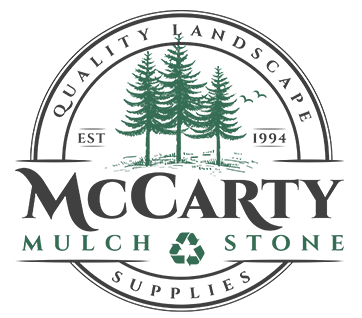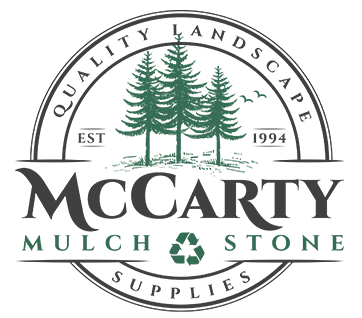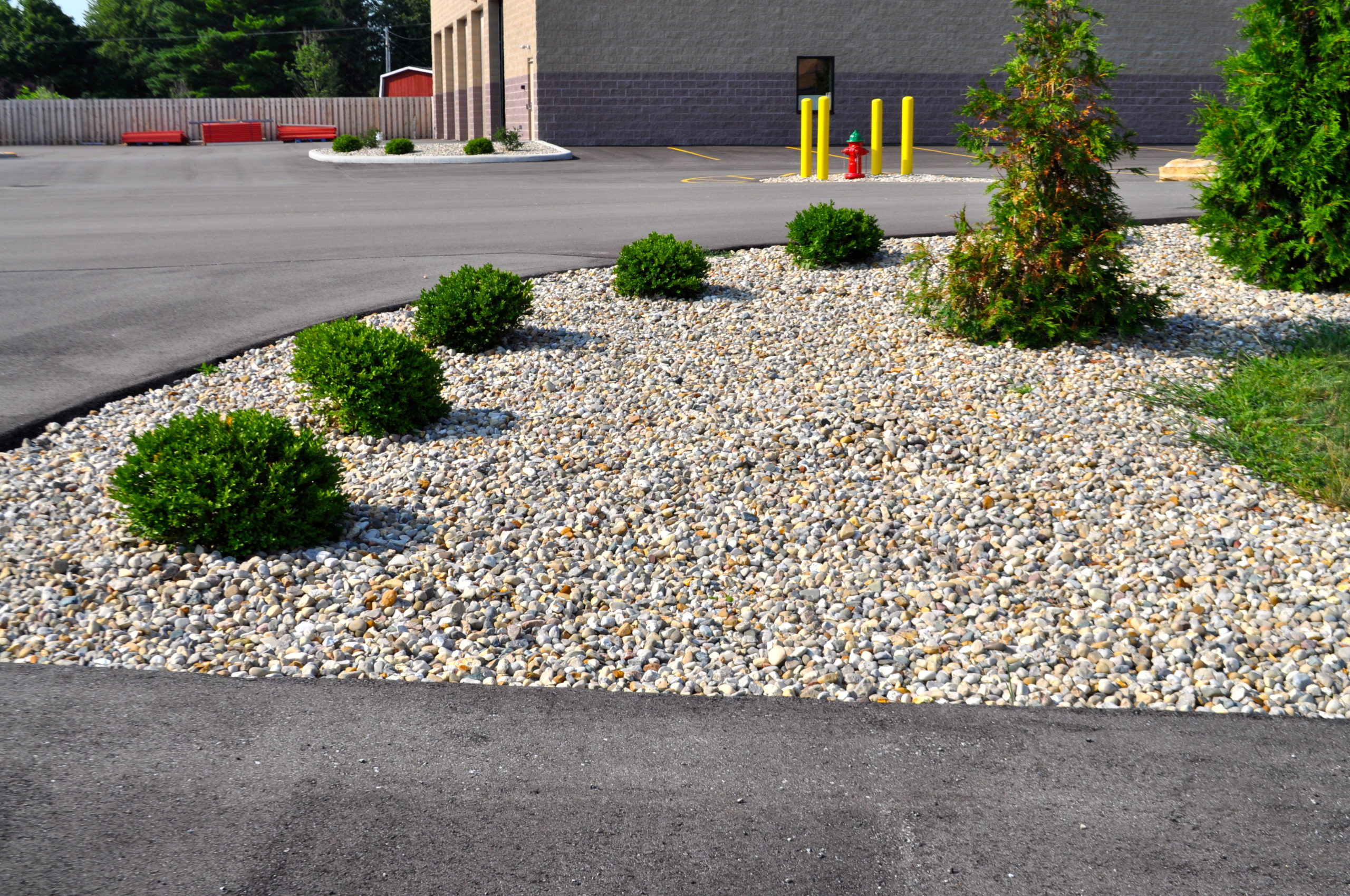Grass Alternatives: When You Want the Lawn to be Gone
Whether you’re selling, buying, or just staying put, curb appeal is likely among your top considerations when it comes to rating a home’s attractiveness. In the Midwest, that typically means having a lush green lawn. However, that all comes with a price tag — both in time and money.
If you’re the DIY type, that means you’ll need time to mow, weed, edge, rake, fertilize – and you’ll have to buy all those lawn care tools, too. Homeowners who have little free time may decide to hire a lawn care company, and in Indianapolis, you can expect to pay around $40 a week to maintain the average-size yard. But if vast unbroken expanses of green aren’t that important to you, there are alternatives to grass that require little maintenance.
NATURAL STONE – Flagstone, brick, or gravel are good alternatives to grass when combined with other landscape elements like shrubs, plants, or groundcover. Natural stone is porous, allowing water to penetrate the ground, and it’s helpful in preventing weed growth.
If you use tightly spaced pavers or bricks, plant a fast-spreading ground cover in the gaps to discourage weeds from taking root.
GROUND COVER – Perennial ground cover plants tend to be dense, and as they spread, they prevent sunlight from reaching most grass or weed seeds hiding in the ground beneath them.
Some ground cover requires almost no care. Sedum, a hardy succulent, needs very little soil to establish roots. You can snap off a section of this plant, throw it on the ground somewhere, and it’ll likely be content to grow roots and start spreading.
Many varieties of ground cover will sprout tiny flowers. Vinca minor — also known as periwinkle or myrtle — produces purplish flowers in the spring. Vinca will grow in full sun, but it prefers the cooler, moister ground of partially shaded areas. It may require some specialized attention when first planted to ensure it’s getting adequate nutrients and moisture, but once established, it’s a resilient plant that can withstand repeated trampling from the family dog.
WILDFLOWERS/ORNAMENTAL GRASSES – Some homeowners’ associations may limit what you can do with your yard, but if no rules apply, you could turn your yard into a meadow-like environment, full of wildflowers and decorative grasses.
Poppies, larkspur, and most flowers in the daisy family are excellent choices if you want flowers that will multiply year after year. Ornamental grasses are a nice complement to wildflowers when grown in their own garden bed that allows them plenty of room to expand. And when you add plant diversity to your yard, you may attract colorful new visitors, like butterflies and hummingbirds.
When it comes to curb appeal, you have plenty of options beyond lush green grass. Just take some time to explore them.




